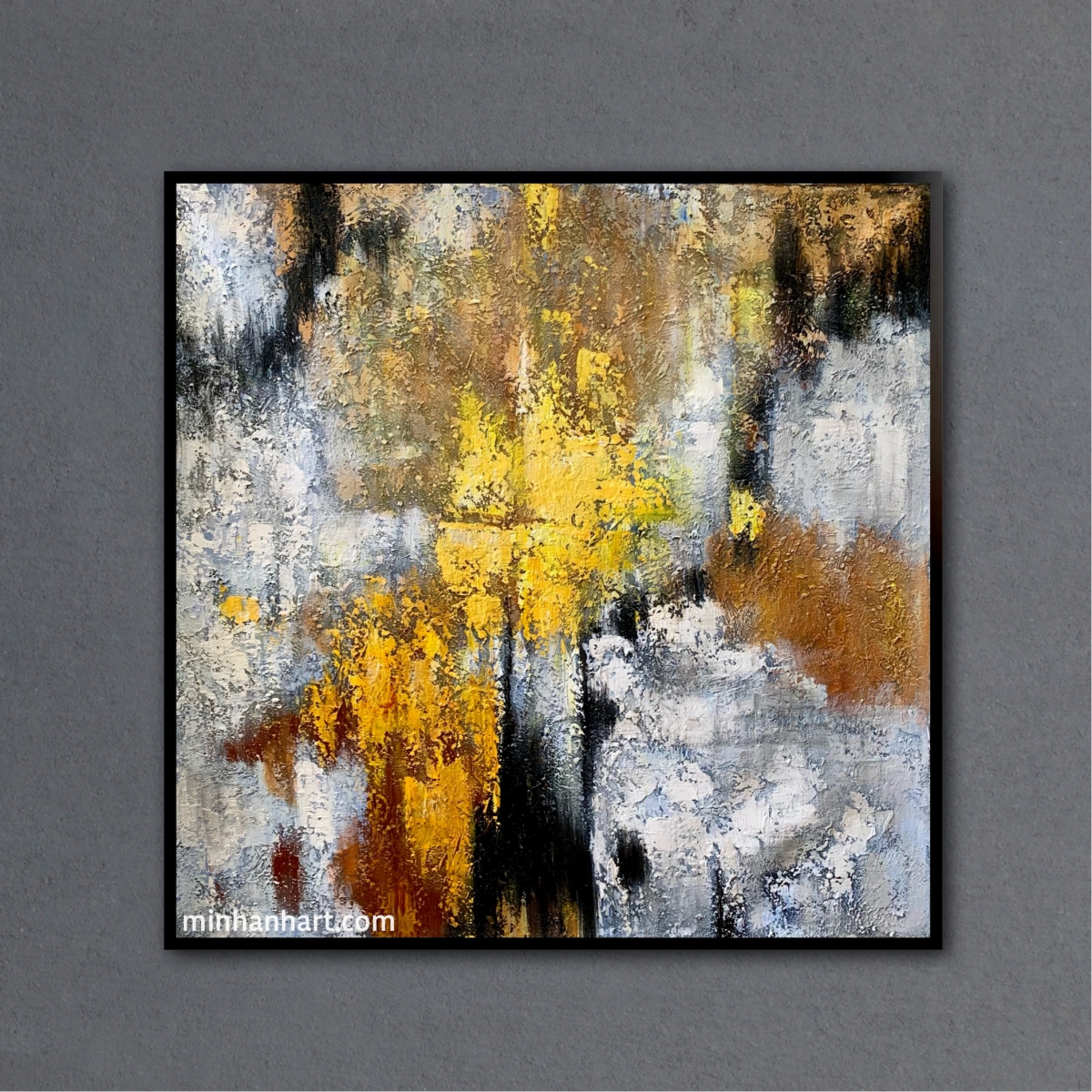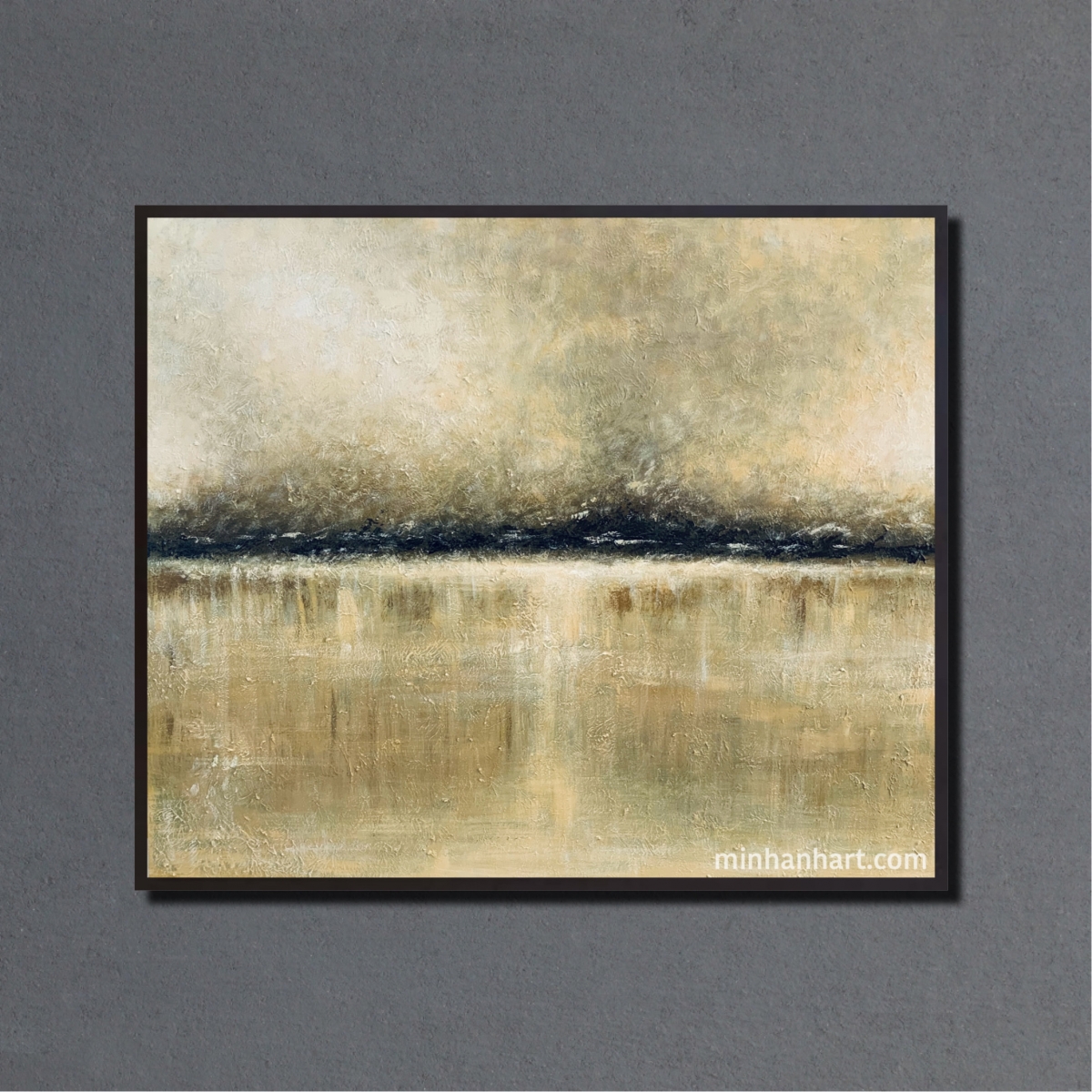Ever wondered what it really takes to put together a grand art gallery exhibition? It's not just hanging a few frames on the wall. Behind the stunning displays and sophisticated ambiance lies a whirlwind of planning, coordination, and creativity. This article takes you backstage—into the heart of where the magic begins.

Before the first visitor walks through the door, there's months—sometimes years—of strategic planning.
Every great show starts with a central idea. Whether it's a spotlight on a modern art collection or a journey through historical masterpieces, the theme sets the tone. It's the glue that ties the entire collection together.
Art for art’s sake? Sometimes. But major galleries define specific goals: attract new demographics, showcase a fine art collection, or boost cultural prestige.
This is where the soul of the exhibition is shaped.

Curators are the visionaries. They decide what pieces belong together, how they relate, and what story the curated art collections will tell. Their job is part art historian, part storyteller.
To keep things fresh, curators often reach into a modern art collection for bold, innovative works that challenge tradition and provoke thought.
Building a blockbuster show often involves loans from private art galleries and collectors. These partnerships open doors to rare and extraordinary artworks not typically on public display.
It’s not all about what you show—it’s how you show it.
Think of it like a visual symphony. Smart layouts guide visitors through the exhibit in a purposeful flow—surprise, reflection, crescendo.
Art is sensitive. Lighting can elevate a piece—or ruin it. Humidity, temperature, and even vibration must be controlled to protect the art collection.
Moving a fine art collection is a high-stakes process involving custom crates, insurance policies, and often, climate-controlled vehicles. No pressure, right?
Gone are the days of relying solely on posters and word of mouth.
An art collection online gives fans a sneak peek, builds anticipation, and even allows global viewers to experience the magic from afar.
Instagram reels, Facebook events, and email blasts are essential tools in spreading the word and engaging with potential visitors.
PR teams hustle to get the event covered by local and international media, amplifying the buzz around the art gallery exhibition.
The red carpet rolls out. The champagne pops. It’s showtime!
Interactive experiences, like an art gallery collection tour or artist Q&A, give visitors a deeper connection to the work.
At a contemporary art gallery, innovation is key. Interactive tech, touch-free guides, or even augmented reality can take center stage.
No fingerprints here. Behind the scenes, staff work hard to preserve every piece for future generations.
Blockbuster exhibits often include gems from famous art collections, attracting art lovers and casual visitors alike.
Displaying a recognizable work—think Monet, Warhol, or Haring—adds serious star power to the show.
Pairing globally known works with local history can create a unique narrative that resonates deeply with the community.
Once the lights dim and the walls are bare, the real reflection begins.Audience Feedback and Data Analysis
Visitor feedback helps shape future exhibitions. Surveys, attendance stats, and social engagement offer priceless insights.
Even after the show ends, the story continues. Pieces return to storage, enter a new art collection, or get prepped for future art gallery exhibitions.

Curating a major art gallery exhibition is like orchestrating a symphony—with curators, artists, designers, and marketers all playing their part. It’s an intricate dance of logistics and creativity. And while visitors may only see the final act, it’s the behind-the-scenes journey that makes the performance unforgettable. Next time you step into an exhibit, remember the hidden world that made it possible.
1. What does it mean to curate a collection?
Curating a collection means selecting and organizing artworks to tell a cohesive story or explore a specific theme.
2. Why do galleries borrow from private art galleries?
To feature rare works from private art galleries that aren't usually accessible to the public, enhancing the exhibit’s appeal.
3. What is an art gallery collection tour?
It’s a guided tour within an exhibition, offering deeper insights into the art gallery exhibition and its featured works.
4. How do digital tools help exhibitions?
They provide online previews, enable global access to the art collection online, and enrich the visitor experience.
5. What makes a contemporary art gallery different?
A contemporary art gallery often focuses on modern, experimental pieces and integrates technology for a more immersive visit.
Minh Anh Art Gallery – Preserving emotion and heritage through timeless masterpieces.
Address: 101 Bui Vien St, District 1, Ho Chi Minh City, Viet Nam
Workshop: 412 Tung Thien Vuong St, District 8, Ho Chi Minh City, Viet Nam
Phone: (+84) 962 720 484
Email: minhanhart.vn@gmail.com
Website: https://minhanhart.vn